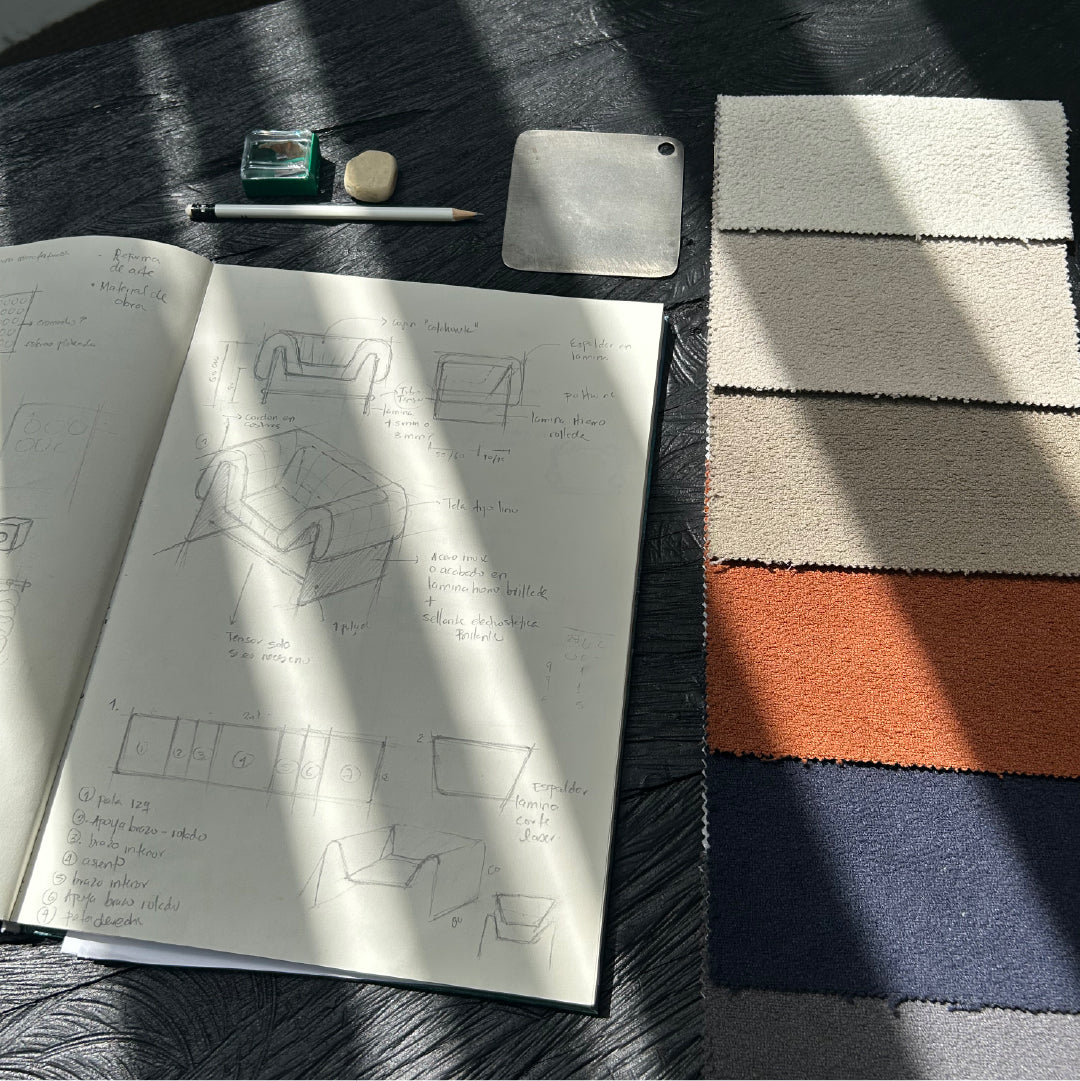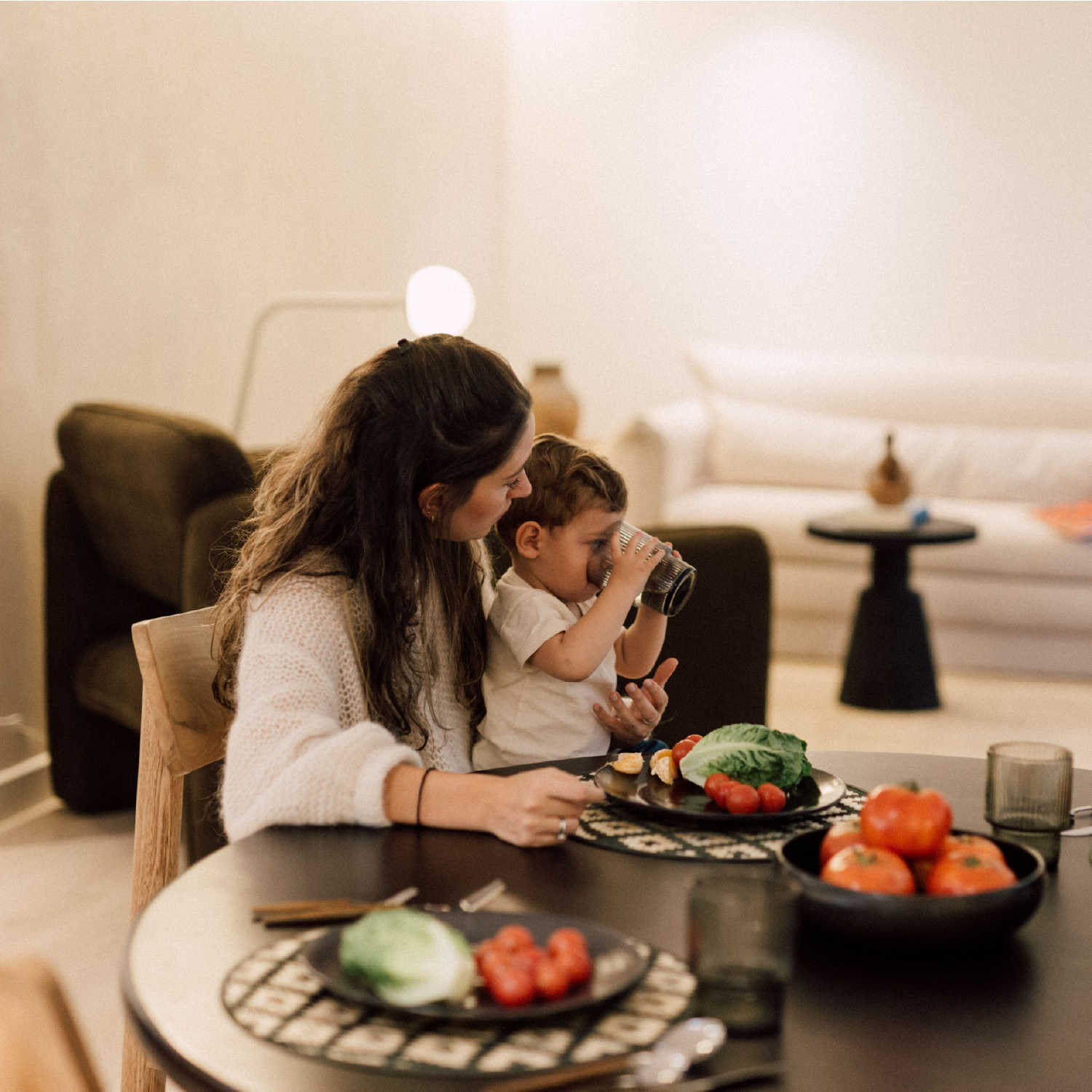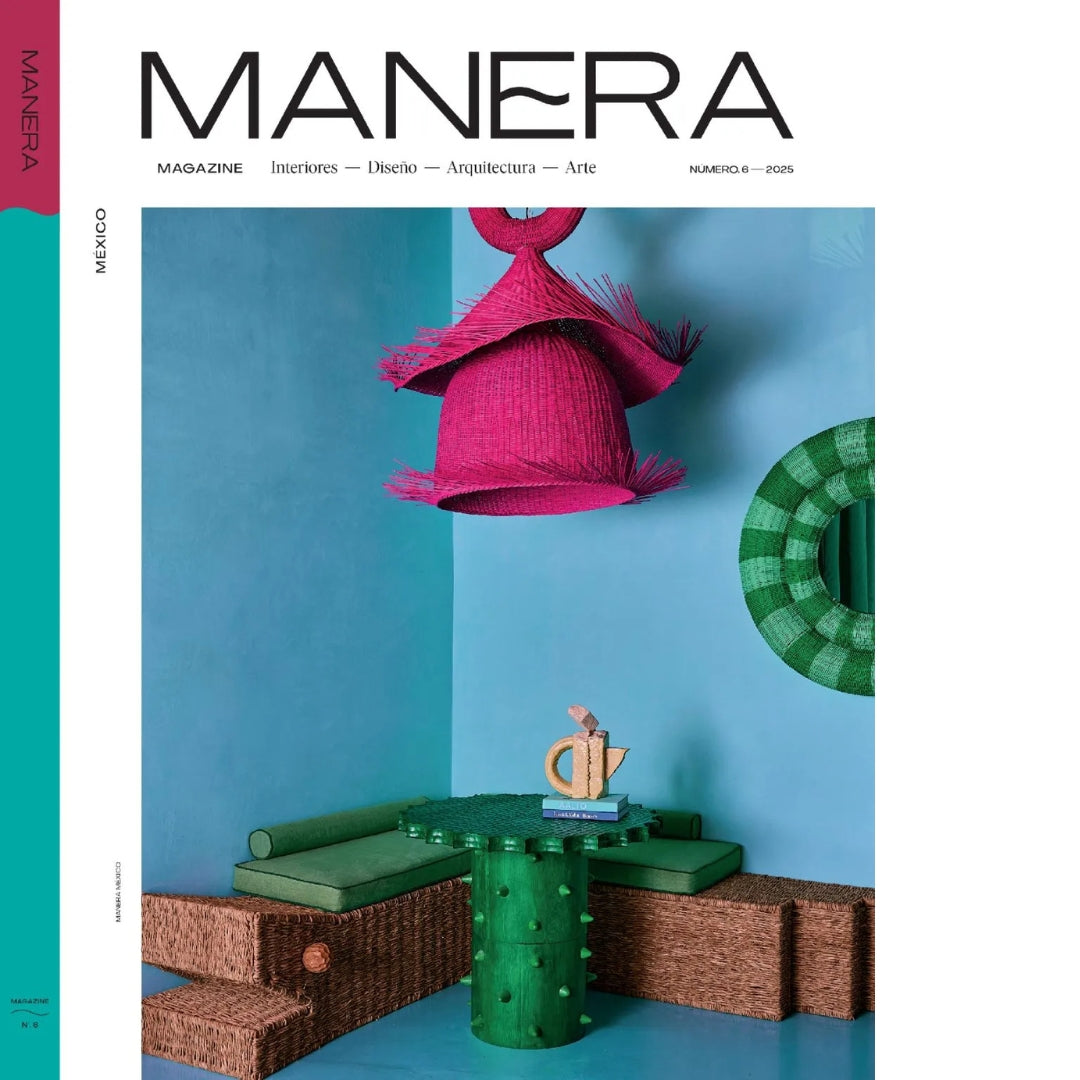When we design with an awareness of how humans truly function, we can create environments that support our nervous systems, honor our need for both community and solitude, and connect us to the natural rhythms that keep us healthy.
That's why, when we enter a space with natural materials, human-scale proportions, and intentional light flows, our nervous system recognizes safety.
Breathing deepens, shoulders relax, and the mind clears. This is not luxury, but biology. We evolved over millions of years in natural environments with specific acoustic signatures, thermal rhythms, and particular material textures, and our cells still remember this home.
Ultimately, design is concerned, above all, with relationships—between human and object, between interior and exterior, between individual need and collective good, between present function and future adaptability. Going further, design is a visible form of care. It is the tangible expression of attention to human needs, both practical and transcendent. It is how we use our creativity and skill to create conditions where a person can flourish.
Design is the bridge between what is and what could be—through a process that seeks to reorganize reality to solve problems, create meaning, and propose the ideal conditions for our development. It is the conscious act of shaping matter and space to support our lives and our consciousness. It is intention made manifest.
The Art of Living Well
Design is the bridge between what is and what could be—through a process that seeks to reorganize reality to solve problems, create meaning, and create the ideal conditions for us to develop. It is the conscious act of shaping matter and space to support our lives and our consciousness. It is intention made manifest.




